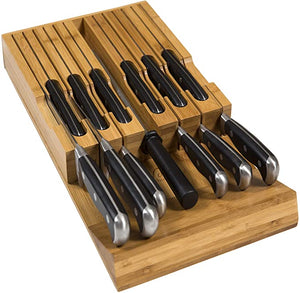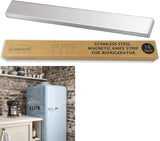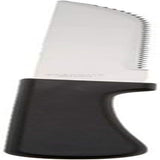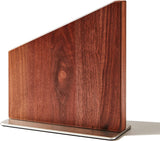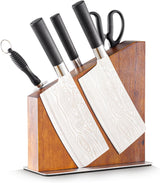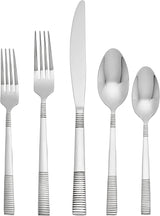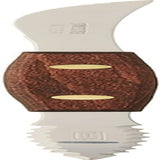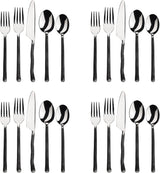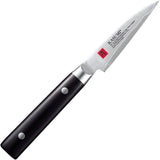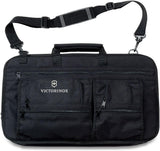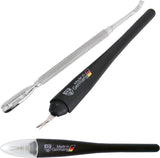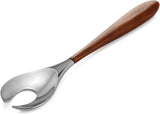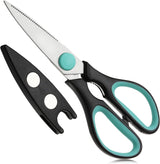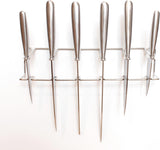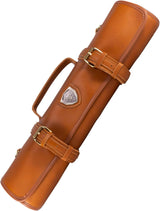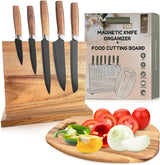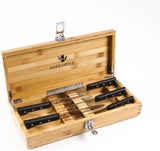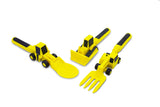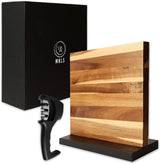For kitchen professionals and enthusiasts, understanding the fundamental tools of the trade is crucial. One such indispensable tool is the steak knife. But what exactly is a steak knife used for? While its name suggests it might solely be intended for steaks, this versatile utensil has a range of applications that extend far beyond easing through a thick, juicy rib-eye.
A steak knife is not just part of a flashy dining set; it is, in fact, a practical kitchen and dining tool that blends razor-sharp precision with aesthetic appeal. This article will delve deep into the functions of a steak knife, its unique featuresand why every kitchen professional should embrace its potential.
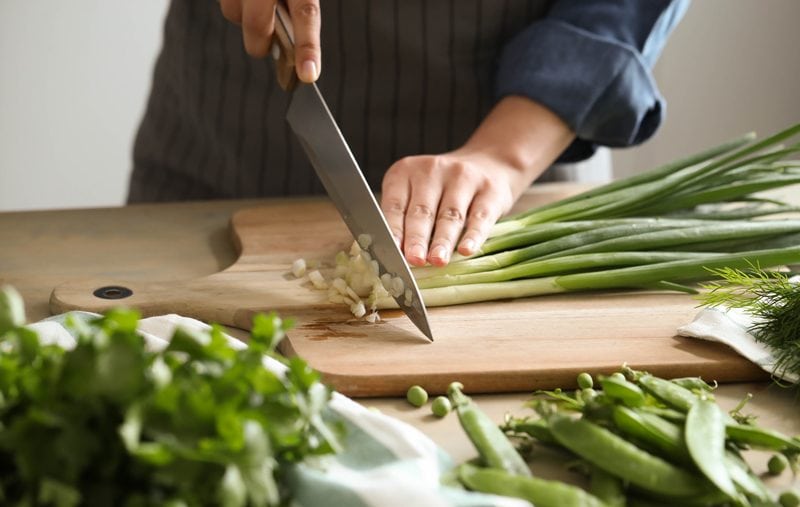
Understanding the Key Features of a Steak Knife
Serrated Blade Design
The most recognizable aspect of a steak knife is its blade. These knives often feature serrated edges, which are ideal for slicing through meat without tearing fibers. The serrations grip the surface of the food, allowing you to cut cleanly and effortlessly.
Compact Size and Sleek Design
Unlike larger kitchen knives, steak knives are compact and ergonomically designed for ease of use at the dining table. Their aesthetic often complements fine dining, making them an essential piece for anyone looking to elevate the dining experience.
Durability and Sharpness
A high-quality steak knife is made from durable materials like stainless steel or carbon steel, ensuring long-lasting sharpness. For those curious about maintaining a knifes edge, check out this helpful guide on how to sharpen kitchen knives.
Primary Uses of a Steak Knife
Cutting Through Meats Seamlessly
The prime function of a steak knife is, of course, to slice through steaks and other cuts of meat. These knives ensure minimal effort and maintain the structural integrity of the meat, preserving its juices and texture.
Versatility Beyond the Dining Table
Dont let the name pigeonhole this knife into exclusively cutting steak. Professionals also use steak knives to slice bread rolls, soft fruits like tomatoes, and even certain desserts where precision is paramount. Their compactness makes them a versatile addition to any kitchen setup.
Elevating the Fine-Dining Experience
As much a part of the presentation as they are of function, steak knives are an essential component in placing a sophisticated touch on dining occasions. They pair beautifully with high-end flatware and set the tone for a refined meal.
Steak Knife Versus Other Knives
When compared to a chefs knife or a utility knife, steak knives have a different purpose. Chefs knives are multipurpose tools mainly for food prep, whereas steak knives are precision tools designed for table service. For more on various knife types, check this in-depth article on types of kitchen knives.
Care and Maintenance Tips
Proper care ensures the functionality and longevity of any knife, including steak knives. Cleaning is best done by hand to avoid dulling the blade and damaging the handle. Learn more about maintaining your tools with this guide on cleaning a knife.
Sharpening Tips
To retain sharpness, periodically honing the blade is crucial. Serrated knives require specialized sharpening tools, such as a ceramic rod, to maintain their shape. Professionals often choose to consult guides like how to sharpen a kitchen knife for a step-by-step process.
FAQs
Are steak knives dishwasher-safe?
While some steak knives may be labeled dishwasher-safe, handwashing is always recommended to preserve their integrity and sharpness.
What foods should you not cut with a steak knife?
Steak knives are not designed for heavy-duty tasks like cutting bones or frozen items. Reserve these for sturdier kitchen knives.
How often should you sharpen a steak knife?
The frequency depends on usage, but most professionals recommend sharpening serrated blades every 6-12 months with proper tools.
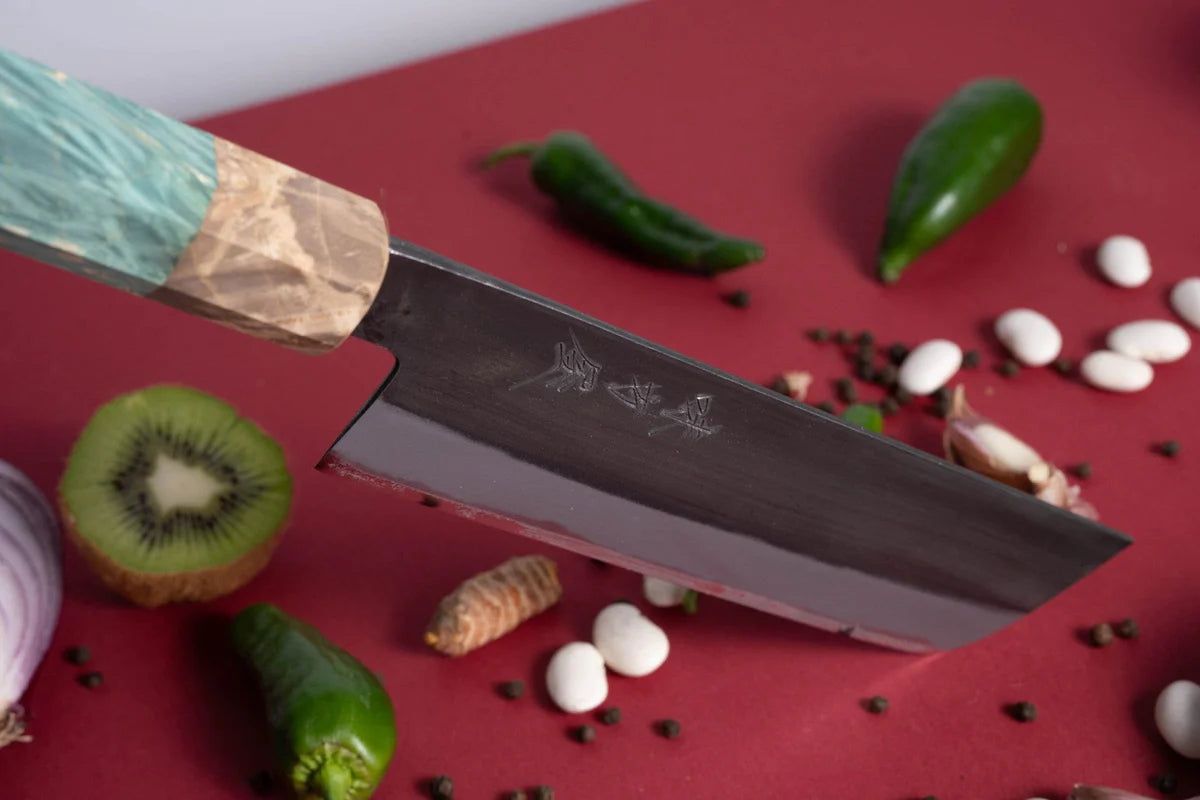
Final Thoughts
For kitchen professionals, understanding what a steak knife is used for unlocks its potential as more than a dining tool. Its sharp blade, compact design, and versatility make it a power player in both kitchen and table settings. For more insights on professional knife use and maintenance, browse related articles like High-Quality Knife Sets.
This article contains affiliate links. We may earn a commission at no extra cost to you.
